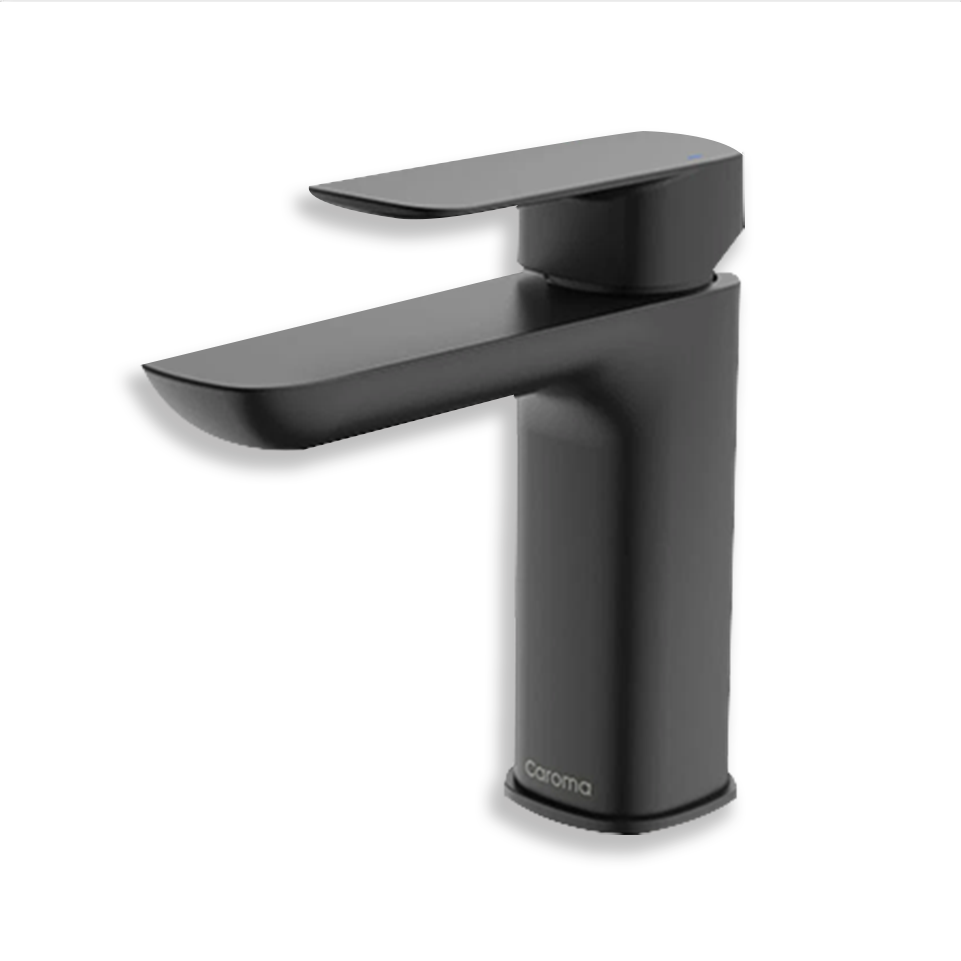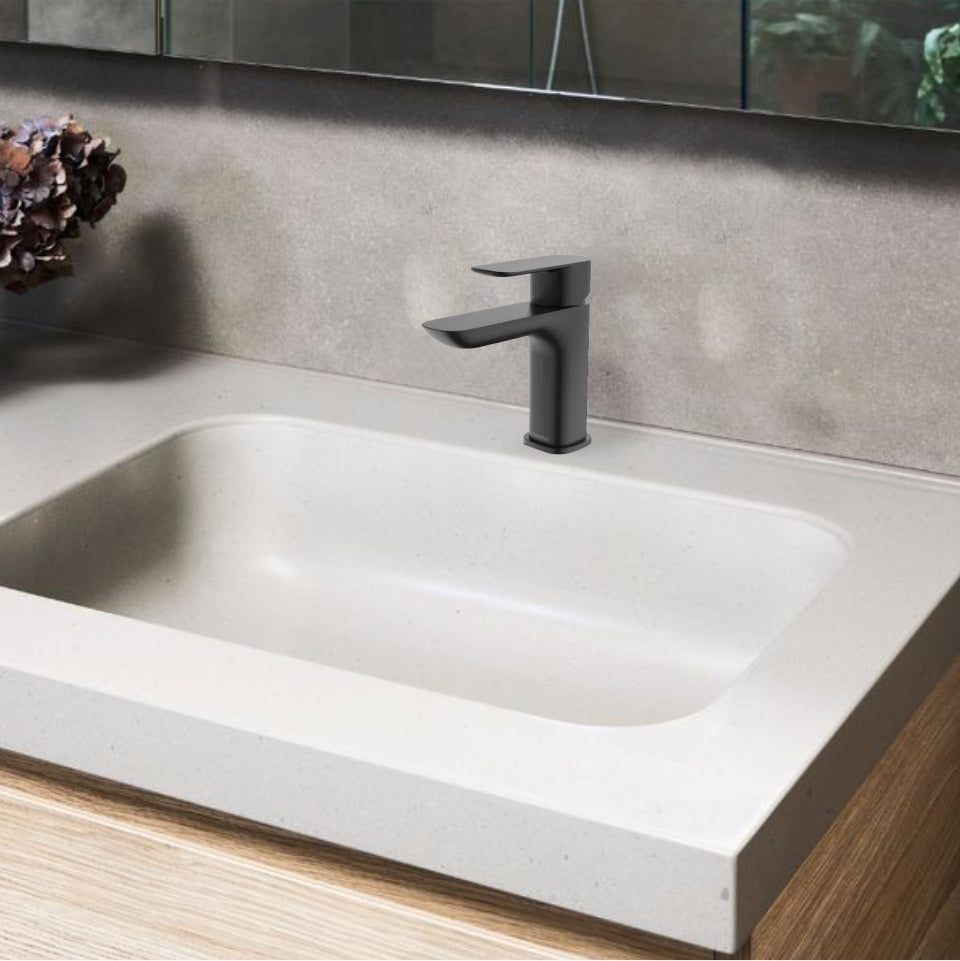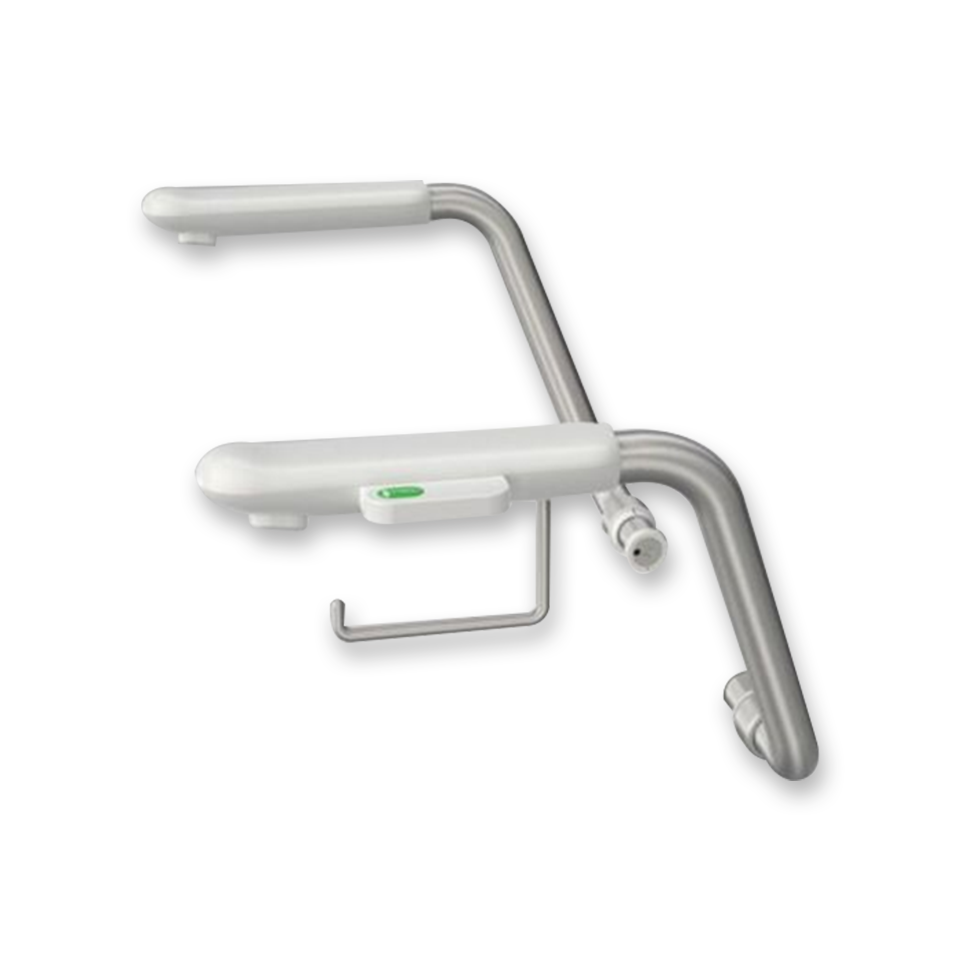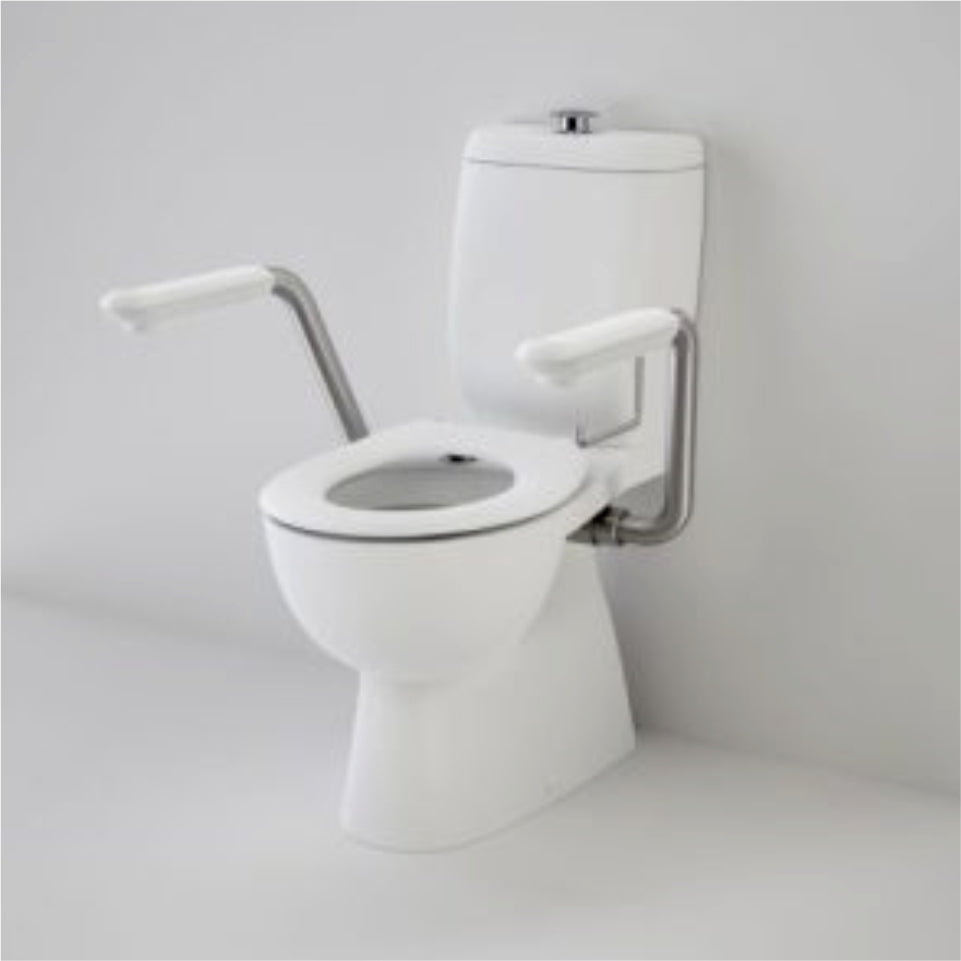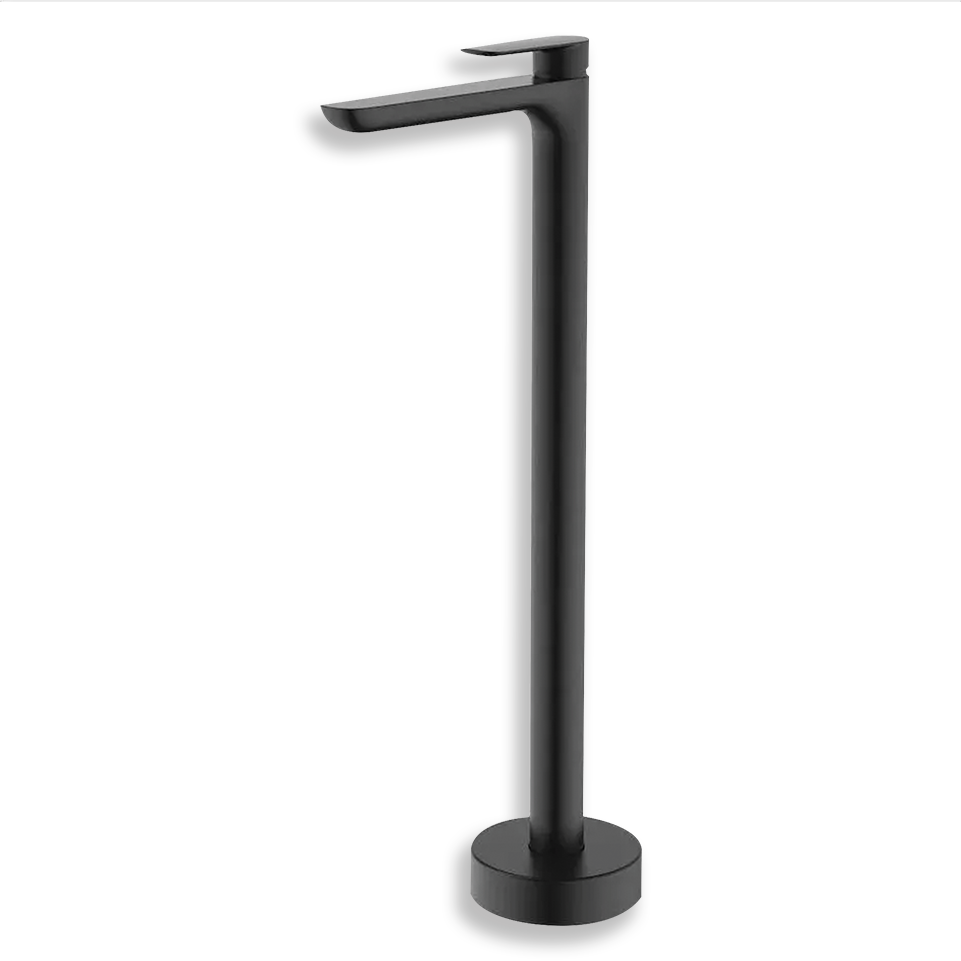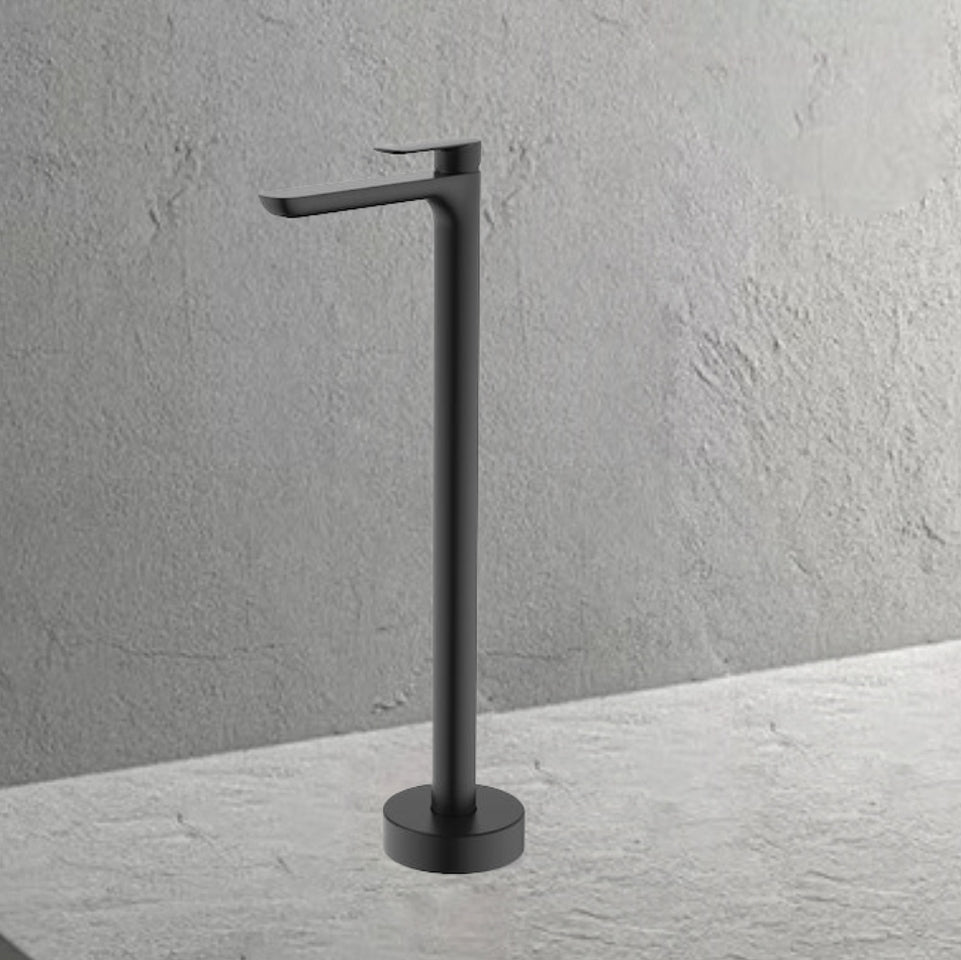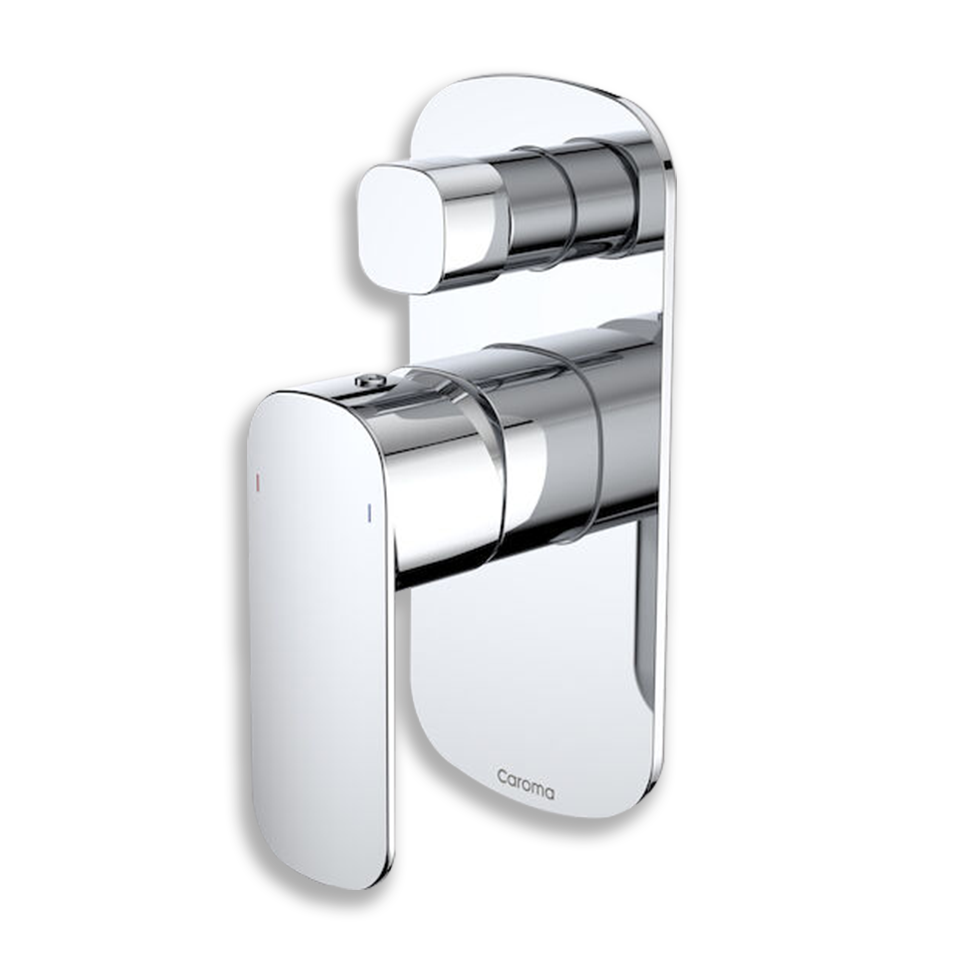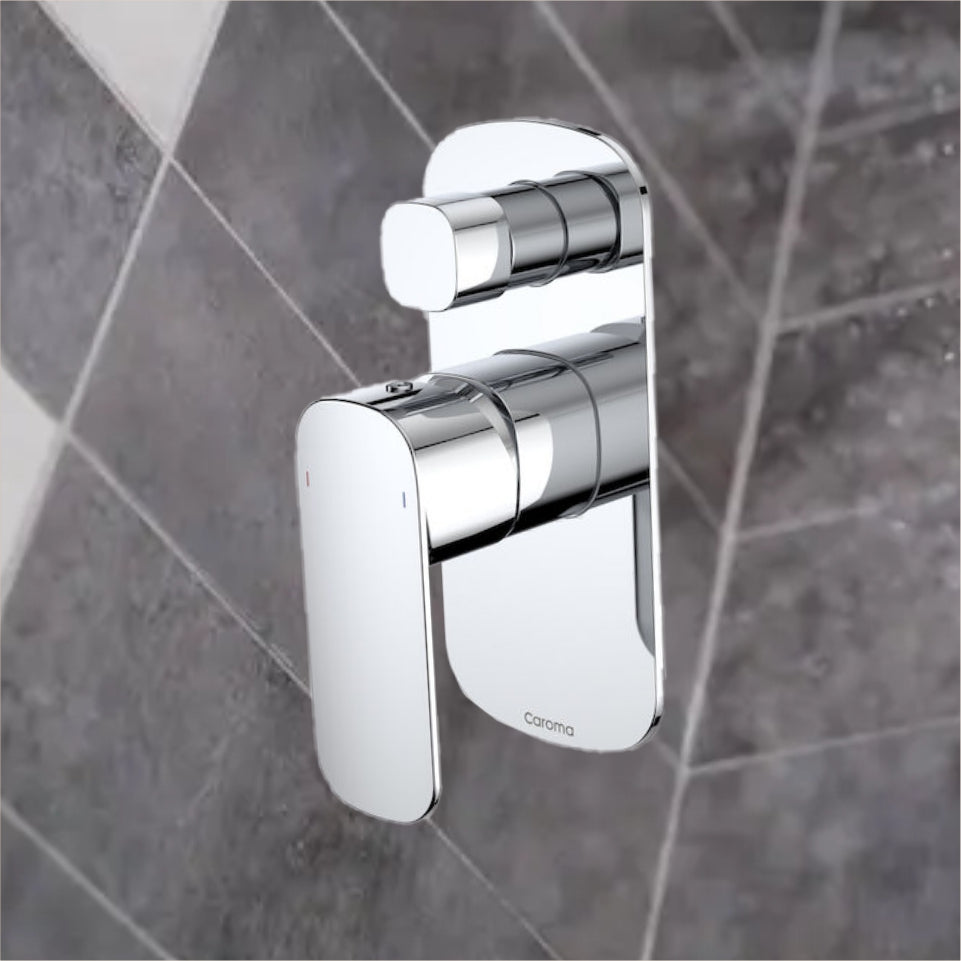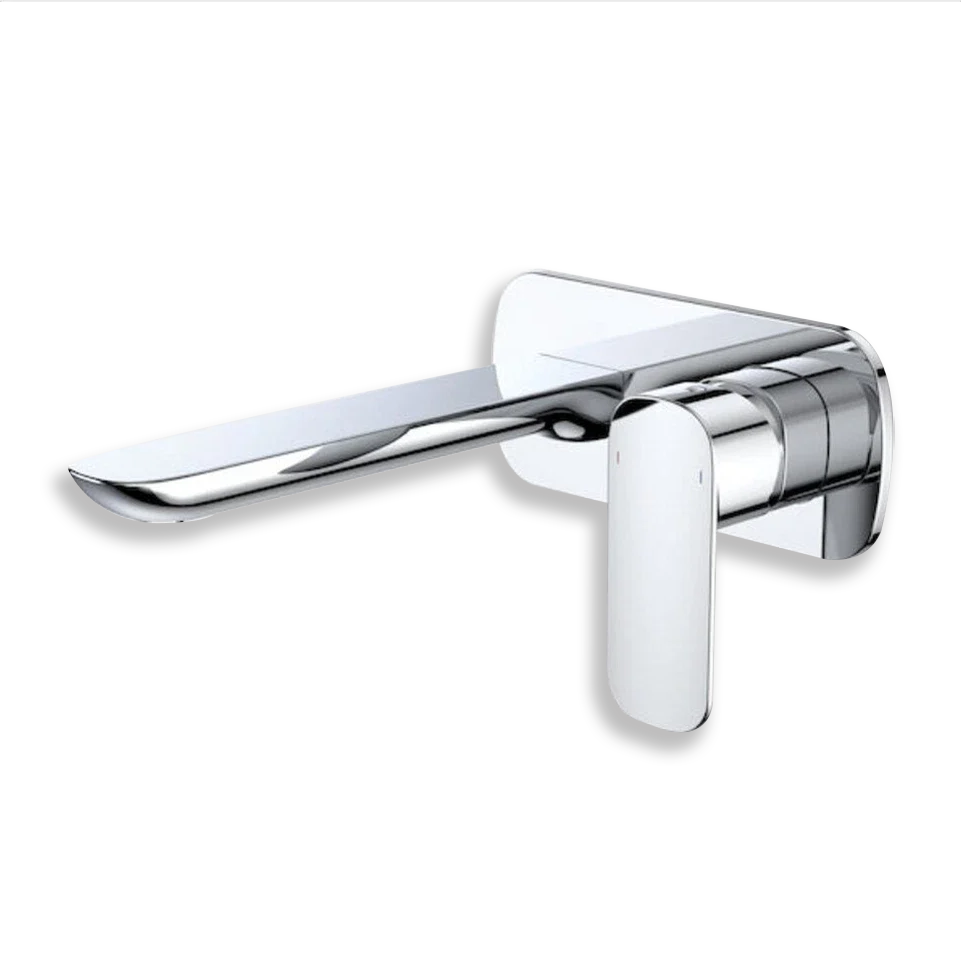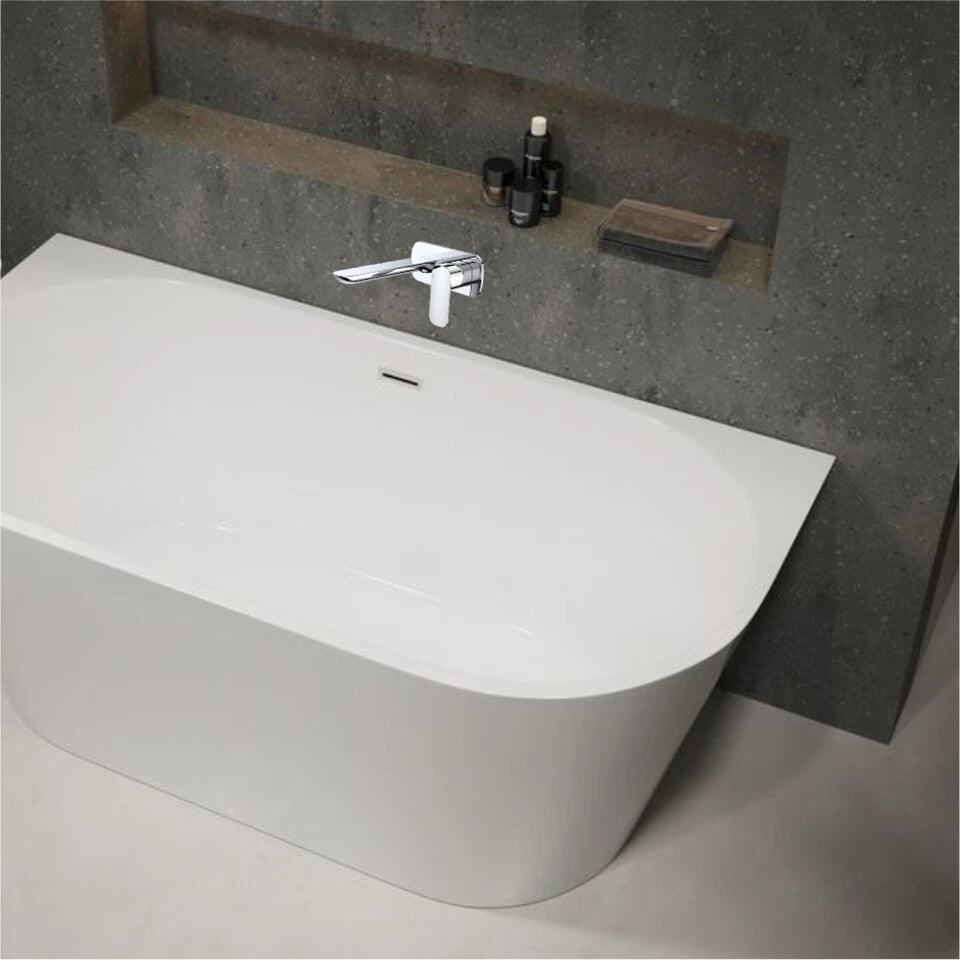
Measuring your wall size is the initial step towards determining how to align the plant wall, or get new floor installation or paint a room at home. This involves calculation of the area in square metres in order to purchase the correct quantity of materials, to prevent wastages and unsatisfied requirements.
At Elvor Tapwares, we understand how crucial precise measurements are when it comes to manipulating the bathroom and kitchen renovation, where no detail is minor.
What is a Square Metre?
A square metre tells you the size of a flat surface. Think of a square with each side measuring one metre, that’s one square metre. It’s used for things like tiles, paint, or plant walls to plan your project well. Knowing how to calculate area in square meters helps keep your project on budget and avoids material shortages.
Square Metre vs. Metre Square
The terms square metre and metre square can trip people up. A square metre is the space you get by multiplying length by width, like a 2-metre by 3-metre area, which is 6 square metres.
Metre square is often used the same way but can be unclear. Always ask to confirm what’s meant to get it right for your space.
At Elvor Tapwares, we check with customers to match their needs for splashbacks or vanities.
How Big is a Square Metre?
How long is a square metre isn’t about length alone, it’s about area. Picture a square where each side is one metre. That’s the size you’re working with for floors or walls. It helps you imagine how much material to order.
Tools for Measuring
- Tape measure: simple and efficient.
- Laser measure: faster in bigger spaces.
- Notebook & pen: jot down numbers.
- Calculator: speed up the maths.
Simple Area Formula
To find the area, multiply the length by the width. For a room that’s 5 metres long and 4 metres wide, it’s 5 x 4 = 20 square metres. This applies to walls, floors, or any flat surface. It’s the core of how do you work out a square metre.
Steps to Measure a Room
- Clear the area so you can move around.
- Use a tape measure for the length.
- Measure the width.
- Multiply the two numbers.
- For walls, measure height and width for each, then add them up.
This process also answers how to find out the square metre of a room. Write down your numbers to avoid mistakes.
Dealing with Unusual Shapes
If a room isn’t a neat rectangle, break it into parts. For an L-shape, measure two sections, calculate each, and add them.
For triangles, use half the base times the height. For curves, split into smaller squares. This approach works for how do you work out metre squared in real-world rooms.
Adjusting for Openings
Subtract areas you won’t cover, like doors or windows. A typical door takes up about 2 square metres.
Measure each opening and deduct it from your total. Add a little extra for cuts or mistakes. In bathrooms, consider space for vanities or showers. Elvor’s Caroma basins fit well with good planning.
Understanding One Metre Squared
One metre squared is a square with sides of one metre, making one square metre. It’s the smallest unit to build from. People sometimes think it’s more, but it’s just the base size.
Changing Units to Feet or Yards
- Feet: One square metre is about 10.76 square feet. For 3 square metres, it’s 3 x 10.76 = 32.28 square feet.
- Yards: One square metre is around 1.2 square yards. For 3 square metres, it’s 3 x 1.2 = 3.6 square yards.
Common Mistakes to Avoid
- Measure twice to avoid errors.
- Don’t mix up metres and feet.
- Add 5-10% extra for waste.
- Include wall heights, not just floor space.
Practical Examples
- Plant Wall: A 3-metre high, 4-metre wide wall is 12 square metres. Order enough panels.
- Flooring: A 5-metre by 4-metre room is 20 square metres. Add 2 for waste, so 22.
- Painting: Four walls, 3 metres high. Two are 5 metres wide, two are 4 metres. That’s 54 square metres. Subtract 4 for two doors, leaving 50. Paint at 10 square metres per litre means 5 litres for one coat.
Plant walls bring green to kitchens. Check our Guide to Kitchen Mixer Taps for matching taps. Flooring in bathrooms needs waterproof tiles. Splashbacks need careful measuring.
Why It Helps with Renovations
Getting the area right means fittings fit perfectly. For a splashback, accurate size helps pick tiles or taps.
At Elvor Tapwares, our products suit Australian homes. Watermark certified taps and Methven showers save water and last long. Choose Matte Black or Brushed Gold finishes.
We use strong brass and stainless steel. Our items resist smudges and ship in 1-2 days, delivered in 3-7 days. Returns are simple for defects. Our range fits modern designs, making Elvor your choice for updates.
Measuring Success for Your Next Project
Figuring out square metres is vital for plant walls, flooring, or painting. It saves money and keeps your plans clear. From basic steps to handling odd shapes, you’re set now.
Good measurements lead to great results. Start with a tape measure and plan ahead.
Thinking of a renovation? Check Elvor Tapwares for quality fittings. Look at our showers, taps, and more. Reach out if you need advice.
FAQs
1. How do I calculate the area of a room?
Multiply length by width (e.g., 5m x 4m = 20 sq m), and for walls, multiply height by width of each, advises Elvor Tapwares.
2. How should I measure unusual room shapes?
Break into sections (e.g., L-shape into rectangles), calculate each area, and add them, suggests Elvor Tapwares for accurate planning.
3. What should I do about openings like doors?
Subtract the area of openings (e.g., 2 sq m per door) from the total, adding 5-10% extra for cuts, recommends Elvor Tapwares.
4. How do I convert square metres to square feet?
Multiply square metres by 10.76 (e.g., 3 sq m = 32.28 sq ft), advises Elvor Tapwares for easier material estimation.
5. Why is accurate measurement important for renovations?
It ensures the right amount of materials, avoids wastage, and helps fittings like splashbacks or taps align properly, says Elvor Tapwares.


